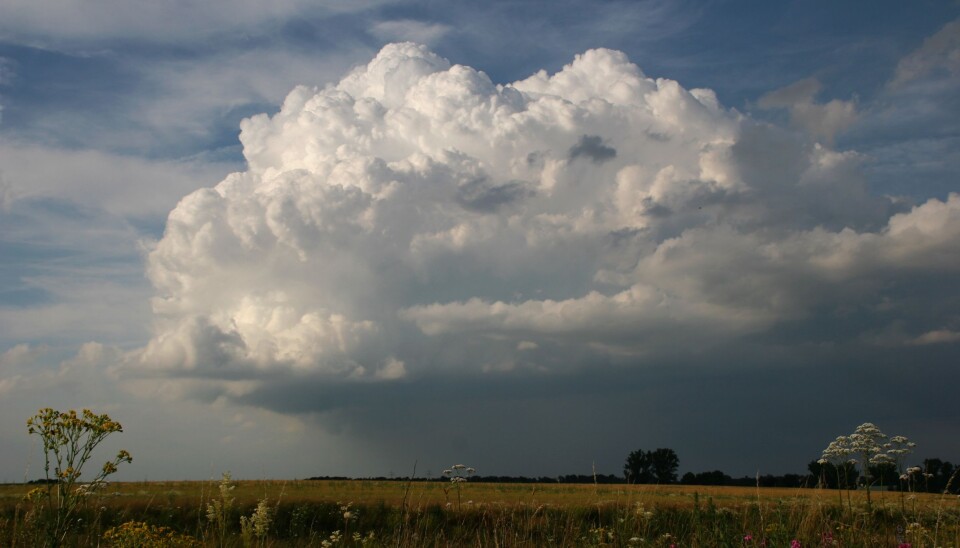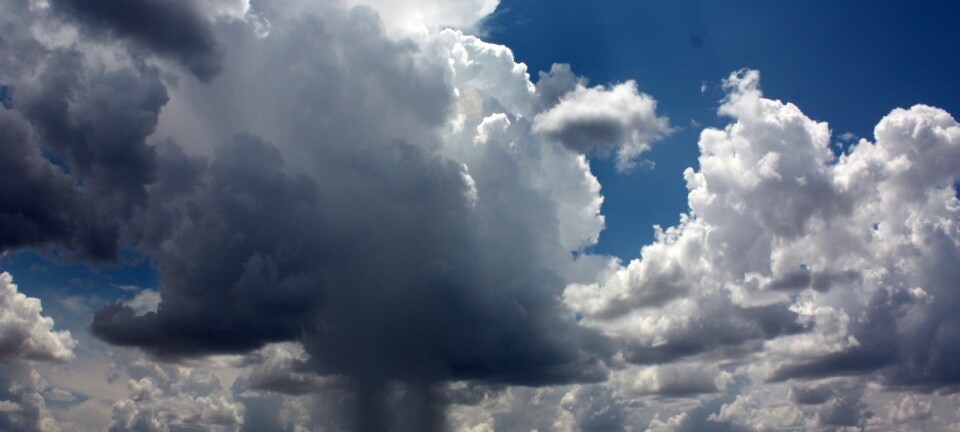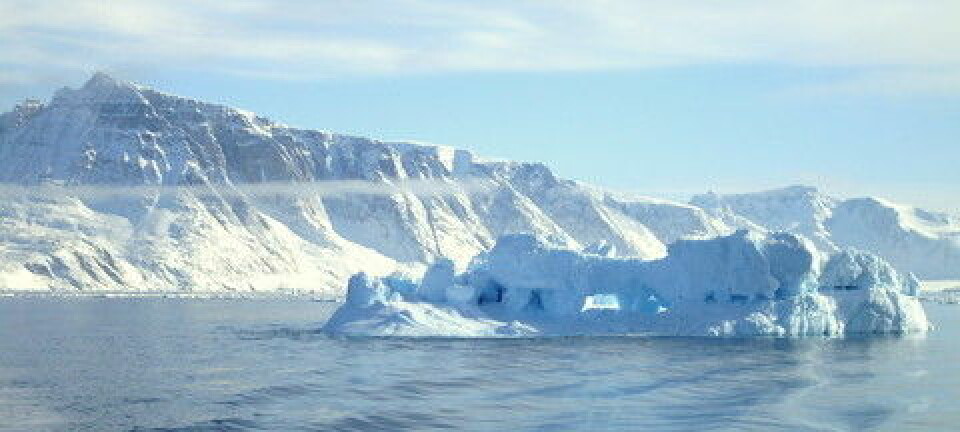
Thunderclouds challenge laws of nature
Well-defined and detached clouds such as thunderclouds violate the laws of thermodynamics when it comes to the amount of precipitation.
As the Earth’s temperature rises, water contents in the clouds will rise, and at some point this water will fall down as rain.
This is all in accordance with the laws of thermodynamics (see factbox).
The most extreme precipitation of the future will primarily come from well-defined clouds such as thunderclouds.
And a new study now shows that these clouds are even capable of violating the laws of thermodynamics.
We can not only show how extreme precipitation depends on temperature; we can also show that there’s a difference in the increased intensity of precipitation per time unit depending on what type of cloud you’re looking at.
“Our findings show that precipitation from well-defined clouds such as thunderclouds are more sensitive to temperature changes than large, uniform clouds that can cover large areas of land,” says one of the authors, Jan Härter, a postdoc at Copenhagen University’s Niels Bohr Institute.
“This knowledge could become useful in climate models that predict what weather extremes will look like in the future.”
The study is published in the journal Nature Geoscience.
Rain depends on temperature
It’s well-known that the water contents in clouds depend on temperature. The higher the temperature, the more water the atmosphere, and thereby the clouds too, can contain.
The atmosphere can, for instance, contain 7 percent more water at 11 degrees C than at 10 degrees C.
This, too, is in accordance with the laws of thermodynamics.
”But the big question is: how much of this water falls down to Earth as rain and at which intensity?” asks Härter.
A study of intense rain
Together with Swedish and German colleagues, he has studied instances of extreme rain, where the water literally pours down from the sky.
The objective was to uncover how water contents in the atmosphere affect the intensity of rain during the most extreme precipitation.
Would a 7-percent increase in the atmospheric water contents per degree lead to a 7-percent increase in precipitation per time unit during extreme rain?
Here it turns out that the intensity of the extreme rain for large, all-encompassing clouds complies with the laws of thermodynamics and remains below a 7-percent increase per degree.
But the study also shows that well-defined clouds such as thunderclouds don’t really pay much notice to the laws of thermodynamics.
“When we look at the intensity of the extreme precipitation for detached clouds, we see that the intensity can increase by almost 14 percent per degree. That’s a lot more rain than one would expect,” he says.
He believes the reason for this is that the laws of thermodynamics always apply to a system that is in an equilibrium state, but that detached clouds do not constitute a system in equilibrium and therefore require a description that is more complex than can be provided by simple thermodynamics.
This is why the 7-percent increase does not apply to detached clouds.
Useful data for future climate models
The new study cannot provide an explanation of how the weather will behave in the future. But the findings could become a very important contribution to climate models that predict the extreme weather caused by climate change.
“Our study can contribute to climate models and improve the precision of their calculations,” says the researcher.
“We can not only show how extreme precipitation depends on temperature; we can also show that there’s a difference in the increased intensity of precipitation per time unit depending on what type of cloud you’re looking at.”
-----------------------------
Read the Danish version of this article at videnskab.dk
Translated by: Dann Vinther








